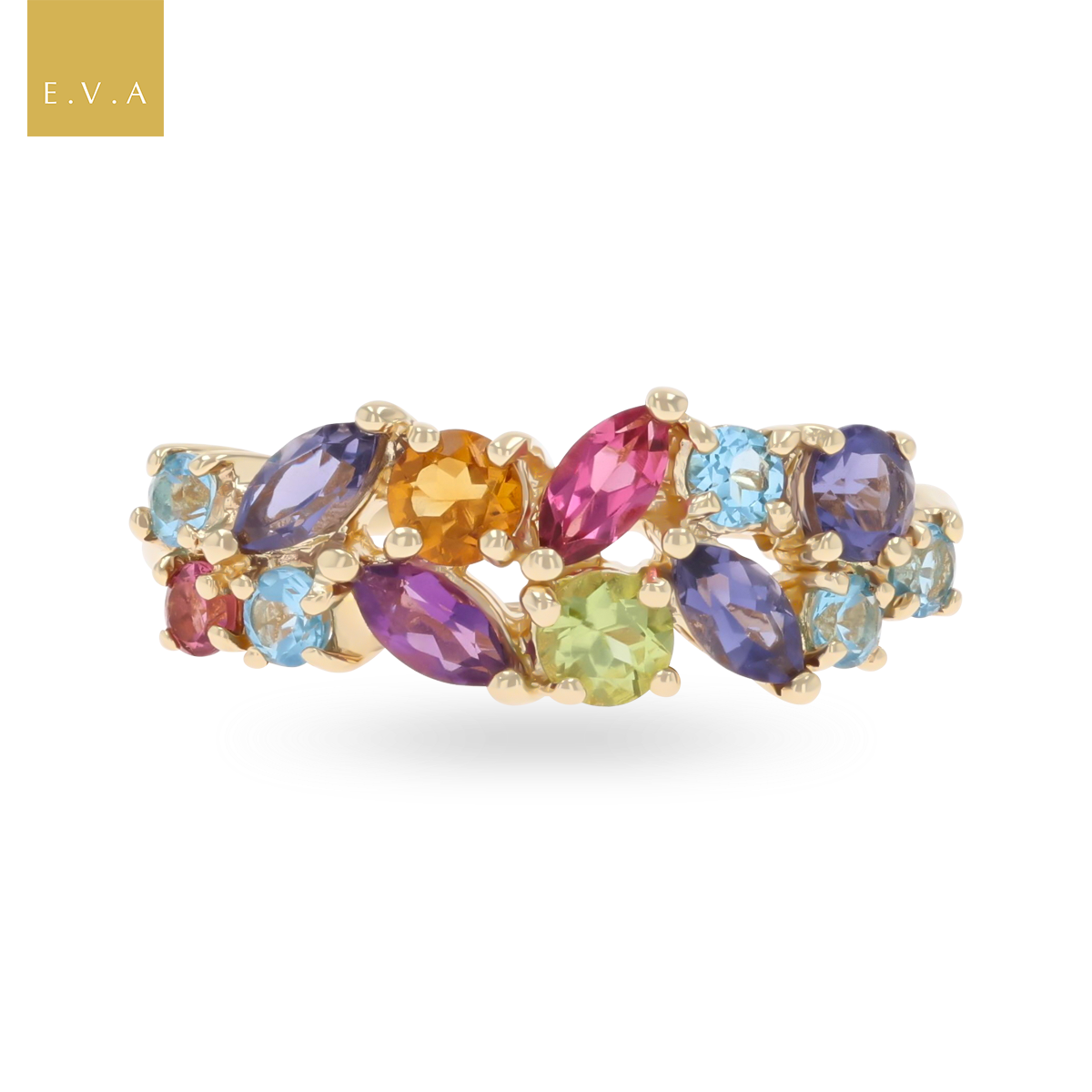
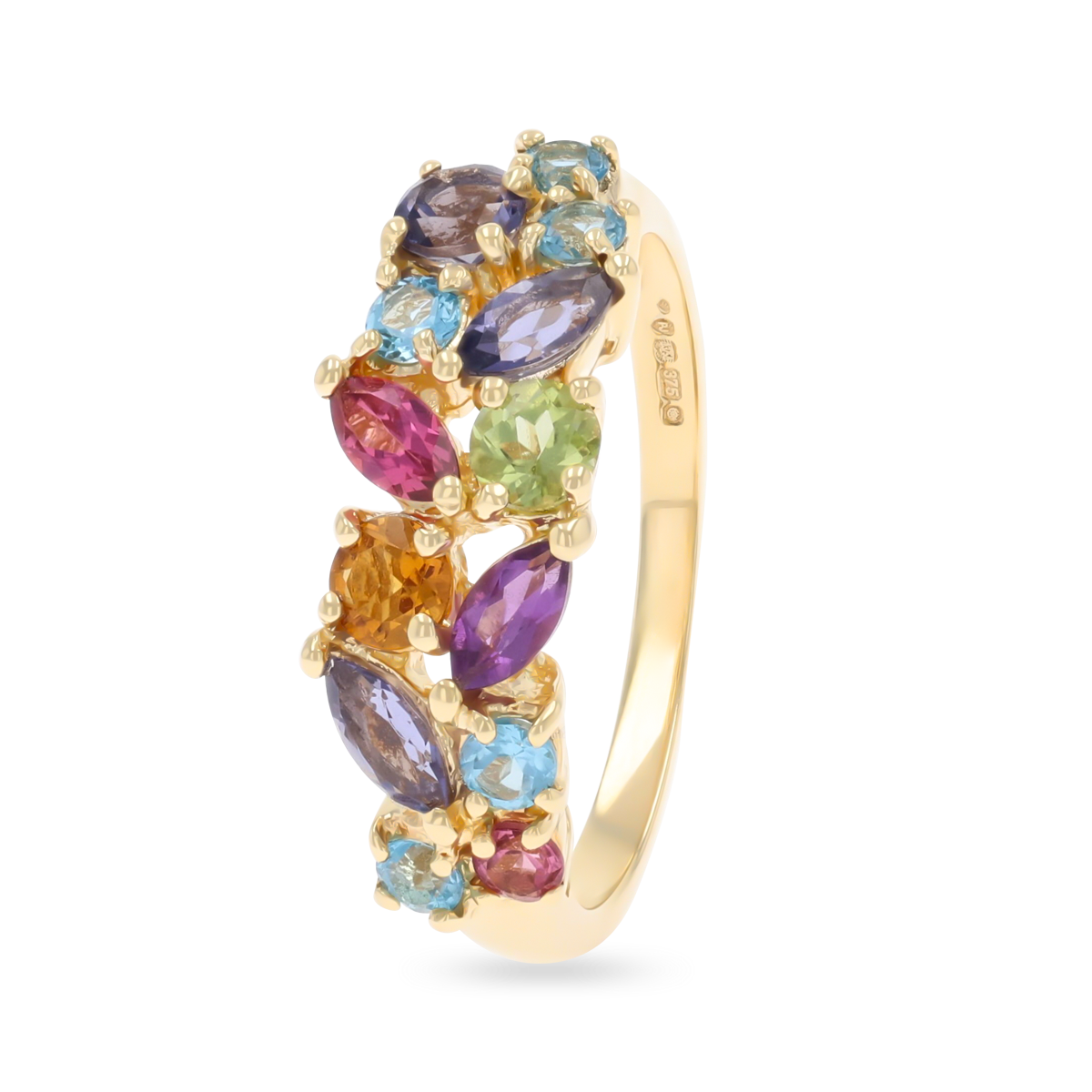
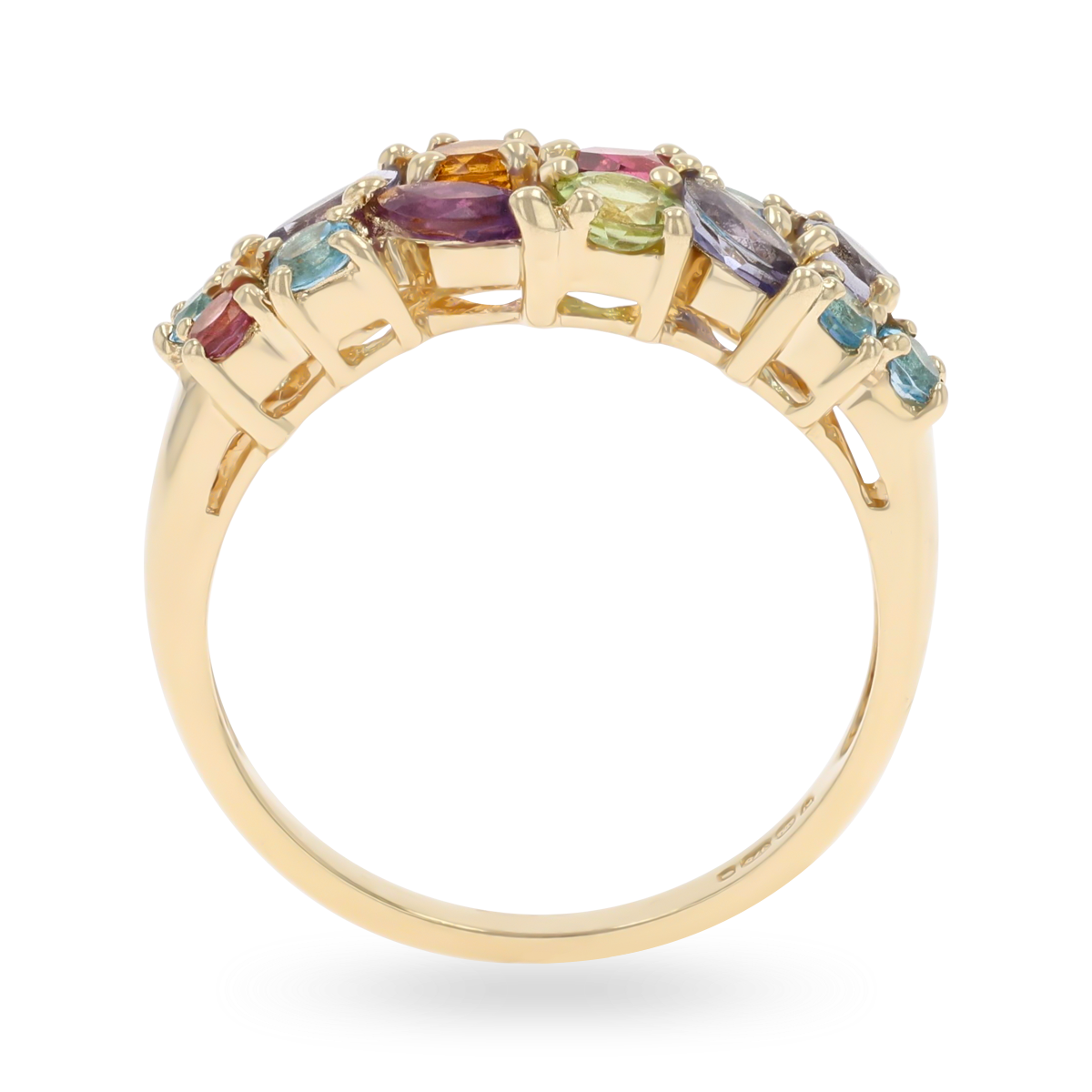
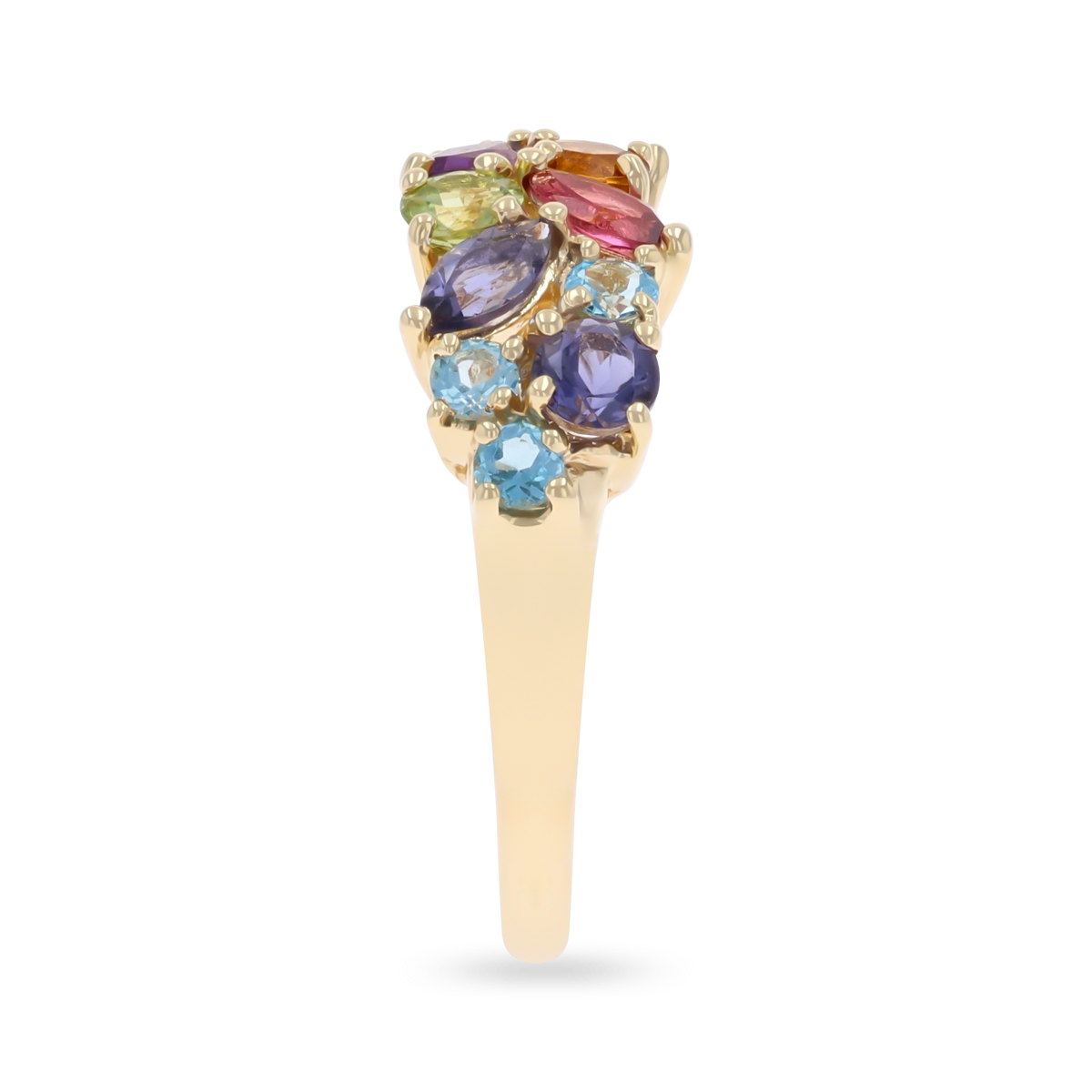

Lewins Vintage
9ct Yellow Gold Multi Gemstone Ring
R18-9Y-C2-90Enliven your look with a burst of vibrant hues, courtesy of this 9ct yellow gold multi gemstone ring. The fusion of round and marquise cut stones, is skilfully arranged in two rows forming a modern cluster design, which generously takes up the width of the wearer's finger. The assortment of gemstones from: blue topaz, iolite, pink tourmaline, amethyst, peridot and citrine, are elegantly harmonised within the warm lustrous tones of yellow gold.
Estimated Delivery Date:
Within 2 - 3 working days (excl. bespoke alterations)9ct Yellow Gold Multi Gemstone Ring
Lewins Jewellers
190 High Street
Sutton SM1 1NR
United Kingdom
Contact Us
Contact Us
This estate ring comprises of five round cut blue topazes, two marquise and one round cut iolite, one marquise and one round cut pink tourmaline, one marquise cut amethyst, one round cut citrine and one round cut peridot, all securely set within a claw setting. The assortment of gemstones are arranged in two rows and the ring is mounted within hallmarked 9ct yellow gold.
Material: 9ct Yellow Gold
Brand: Lewins Vintage
Style: Dress
Primary Stones: Blue Topaz, 5 Round Mixed Cuts, apx. total weight 0.40cts, Iolite, 2 Marquise & 1 Round Mixed Cuts, apx. total weight 0.43cts, Pink Tourmaline, 1 Marquise & 1 Round Mixed Cut, apx. total weight 0.22cts, Amethyst, 1 Marquise Mixed Cut, apx. total weight 0.13cts, Citrine, 1 Round Mixed Cuts, apx. total weight 0.13ct, Peridot, 1 Round Mixed Cut, apx. total weight 0.17cts
Birthstone: Blue Topaz - December, Tourmaline - October, Amethyst - February, Citrine - November, Peridot - August
Anniversary: Topaz - 23rd, Iolite - 21st, Tourmaline - 8th, Amethyst - 6th, Citrine - 13th, Peridot - 16th
Ring Size: O.5
Resizeable: Yes
Setting: Claw
Weight: 3.27 grams
Condition: Very Good
Period: Estate, Contemporary
Hallmark: The standard mark, “375” and includes common control (international convention) mark for 9ct gold. The assay office mark of Sheffield. The date letter mark, unknown. The maker’s or sponsor's mark “PJ”.
Gem Lore:
Topaz - has been linked with the ancient Greek word ‘Topazions’, which was an island in the Red Sea. The island is currently referred to as ‘Zabargad’ in Egypt (and can further be translated to St John’s Island in english). Coincidentally, the island mined many yellow and green gemstones and incorrectly referred to them as Topaz. Alternatively, the name is thought to derive from the Sanskrit word ‘tapaz’, which translates to ‘fire’. The Egyptians believed that their Sun God Ra, provided the stones golden colour and protected the wearer from harm. Topaz naturally comes in white, yellow, brown and with the aid of treatment, pink and blue. Blue topaz possess a range of shades from: pale 'Sky Blue', to moderate 'Swiss Blue' and vividly saturated 'London Blue’. The most prized variety exhibits an orange body colour with pinkish red overtones and is known as imperial topaz.
Iolite - possesses strong pleochroism, a phenomenon that when seen from different angles, displays (trichroism) three colours: Violet, Blue & Pale Yellow. This relies on Iolite being doubly refractive, whereby a ray of light passing through the gem, would split into two. When viewed through polarising filters, these rays of light absorb different parts of the visible light spectrum (white light), resulting in two different colours being seen at a time.
When Iolite is fashioned in thin slices, the gemstone acts as a polarising filter, removing fine mist and haze, making things seem visibly clearer to the eye. It was thought that the ancient Vikings used these slices of iolite, to locate the sun on a cloudy day. In ancient literature, the Vikings referenced the gem as ‘Sunstone’. Alternatively, Viking explorers were thought to take advantage of Iolite’s pleochroism, to help navigate them at sea. Vikings would observe the different colours of the gemstone, as the sunlight passes through, guiding them to the direction of the sun. It is often referred to as the ‘Vikings Compass’ or ‘Twilight Compass’.
Tourmaline - derives from the sinhalese (Sri Lanka) term ‘tourmali’, which simply translates to ‘mixed coloured stones’. Tourmaline is an umbrella term for six species, the most common member fashioned into jewellery, is called ‘Elbaite’. This species comes in a array of colours from: colourless, white, yellow, orange, red, pink, purple, blue, green, brown and black, which reflects the meaning of gemstone. Elbaite is named after the small Mediterranean island Elba, off the west coast of Italy, where tourmaline was first discovered. The ancient Egyptian pharaohs, unfolded the legend, in which tourmaline gained a kaleidoscope of colours, by breaking a rainbow whilst rising from the earth. Today, tourmaline it thought to symbolise creativity and insight.
Amethyst - derives from the Greek word ‘amethystos’, which translates to ‘not drunken’. The ancients greeks believed the stone to behold the power, of preventing intoxication. In ancient Persia, if Amethyst was carved into the sun, it was believed to deflect witchcraft. Amethyst, possesses a variation of intensity: from deep purples with subtle red glints, to pastel lilacs with hints of blue. The symbolisation of protection, has evolved in recent years, to being associated with healing and peace, frequently used in meditations techniques.
Citrine - derives from the latin word ‘citrina’, which translates to ‘lemon’, alluding to the gemstones vivid, honey, yellow hue. In ancient times, the gemstone was known as the ‘merchants stone’ and it was believed that it could bring prosperity and wealth to the owner. The Egyptians were the first to discover Citrine and use the gemstone as a talismans. Citrine thrived during the Hellenistic period in ancient Greece and was frequently fashioned into stones, with engraved gods or goddesses. In addition, the ancient Romans associated the gemstone with Apollo, the god of the sun and light. Citrine is thought to symbolise success and hope.
Peridot - derives from the Arabic word ‘faridat’, which translates to ‘gem’. Peridot was first discovered on Topazions Island in the Red Sea, 300BC. Now, known as the Zabargad Island in Egypt or St John’s Island. Peridot has since become the national gemstone of Egypt and it is perceived, that many of Cleopatra’s mysterious jewels were adorned with Peridots, rather than Emeralds. It has been said that it was Cleopatra’s favoured gemstone and regarded by the Egyptians as ‘the gem of the sun'. Peridot is thought to symbolise compassion and harmony.
Ring Resizing Service - How To Request Your Size:
If the current ring size listed under the details section, does not match your requirements. Please complete the enquiry form: including the reference code of the ring, which is located above the price, along with the ring size you need.
We will assess the feasibility of your request and provide you with a quotation for the bespoke alteration. If you decide to proceed, we will email you a link to review and process your customised order.
*Please Note: our resizing service typically requires a timeframe of 10 to 14 working days to complete. Rings that have been resized, cannot be returned for an exchange or refund.
Can Any Ring Be Resized?
No, depending on the design and setting, some rings cannot be resized. Whilst other rings can be safely resized up or down, by one to four sizes.
Are There Limitations To Resizing Rings?
Yes, it is important to appreciate that rings are made to fit their current size. When a request is made to significantly reduce the current size, it can result in the band developing an oval shape. Equally, increasing the size beyond a certain point, can alter the curvature of the band. Such modifications can potentially compromise the stability of settings, that hold gemstones securely in place.
As a result, there are limitations on how much a ring can be resized without compromising its structural integrity. If a requested size change impedes the durability of the ring, alternative solutions such as incorporating a half shank or soldered beads, if appropriate can be suggested.
Remember there is only about a 1mm difference between each whole ring size. For more information on what to consider when finding your size, read our blog: "The Factors Affecting Ring Size”.
Jewellery Care Precautions:
Avoid direct contact with: perfume, lotions, skincare, hairspray / other chemicals. Remove, your jewellery: when showering, swimming (as both chlorine and saltwater will react with metals), washing your hands / using hand sanitisers, before going to bed or when participating in physical activities (going to the gym, exercising, gardening, housework etc….).
Beware, metals may tarnish over time due to oxygen contact and natural body oils. Prevent items from being exposed to moisture and direct sunlight, for long periods. Store jewellery in a dry place away from humidity, in a pouch/jewellery box and keep each piece separated from each other. Care, for your jewellery by cleaning with a soft dry cloth.
Yellow Gold:
Gold as an element, in its purest form will not tarnish, but gold used in jewellery has been alloyed with other metals, to increase durability. These metals have properties that when in contact with oxygen, chemicals, oils or other substances - will result in a surface tarnish or damage and corrosion. Even the pH level of you skin and the natural oils it produces, can tarnish your gold jewellery.
To prevent your gold jewellery from tarnishing or even disintegrating, avoid exposure to household chemicals, bleaches, toothpaste, baking soda and other cleaning abrasives. Wearing jewellery in places where perfumes, hairsprays, body lotions have been applied on your body, will increase tarnishing. Wear your jewellery after the products have been applied. To clean your gold jewellery, use a mild soap with warm water and dry with a soft cloth. For professional cleaning, our workshop can polish your jewellery back to life.
Topaz:
Hardness: 8 | Toughness: Fair | Stability: Good
Extreme Caution, Avoid: Sudden Impact (pressure, knocks), Extreme Temperature Change (thermal shock), Jewellery Cleaners (ultrasonic, steam cleaners).
Mild Caution, Avoid: Light.
Gemmological Observation: Avoid leaving for long periods in strong light, as in some cases the colour may fade. Avoid any rough handling that can cause abrasions. Topaz has a low toughness, as it possess moderately easy cleavage, which means that the stone can fracture if it experiences a sharp knock.
Iolite:
Hardness: 7-7.5 | Toughness: Poor, Brittle | Stability: Fair to Good
Extreme Caution, Avoid: Sudden Impact (knocks), Extreme Temperature Change (thermal shock), Chemicals (acids, detergents), Jewellery Cleaners (ultrasonic, steam cleaners).
Gemmological Observation: Clean with mild soapy water and dry with a soft cloth. Iolite is a very brittle stone, take extra care when wearing this gemstone to avoid knocks, scratches or abrasions. Do not expose this gemstone to extreme temperature changes, as they will be prone to damage.
Tourmaline:
Hardness: 7-7.5 | Toughness: Good | Stability: Very Good
Extreme Caution, Avoid: Heat, Jewellery Cleaners (ultrasonic, steam cleaners).
Mild Caution, Avoid: Sudden Impact (pressure, knocks).
Gemmological Observation: Heat may cause colour to alter and fractures could worsen. Tourmaline is pyroelectric, this means that when the gemstone experiences a change in temperature (for instance heat from the sun/lighting) it causes a low-level electrical attraction to fine dust particles. Therefore, you may experience that any tourmaline-set jewellery may need frequently cleaning.
Amethyst, Crystalline Quartz:
Hardness: 7 | Toughness: Good | Stability: Good
Extreme Caution, Avoid: Light, Extreme Temperature Change (thermal shock), Jewellery Cleaners (steam cleaners).
Mild Caution, Avoid: Heat, Chemicals (acids, detergents, solvents, nail polish remover), Jewellery Cleaners (ultrasonic).
Gemmological Observation: Avoid leaving Amethyst in strong light/heat, as colour may fade, with prolonged exposure. Quartz is pyroelectric, this means that when the gemstone experiences a change in temperature (for instance heat from the sun/lighting) it causes a low-level electrical attraction to fine dust particles. Therefore, you may experience that any quartz-set jewellery may need frequently cleaning.
Citrine, Crystalline Quartz:
Hardness: 7 | Toughness: Good | Stability: Good
Extreme Caution, Avoid: Light, Extreme Temperature Change (thermal shock), Jewellery Cleaners (steam cleaners).
Mild Caution, Avoid: Heat, Chemicals (acids, detergents, solvents, nail polish remover), Jewellery Cleaners (ultrasonic).
Gemmological Observation: Quartz is pyroelectric, this means that when the gemstone experiences a change in temperature (for instance heat from the sun/lighting) it causes a low-level electrical attraction to fine dust particles. Therefore, you may experience that any quartz-set jewellery may need frequently cleaning.
Peridot, Olivine:
Hardness: 6.5 | Toughness: Fair to Poor | Stability: Fair
Extreme Caution, Avoid: Sudden Impact (pressure, knocks), Cosmetics (hair sprays, lotions, perfumes, make-up), Chemicals (acids, detergents, solvents, nail polish remover), Extreme Temperature Change (thermal shock), Jewellery Cleaners (ultrasonic, steam cleaners).
Gemmological Observation: Avoid wearing whilst doing anything that can cause abrasions or sustaining any knocks. Avoid contact with mild acidic substances as even these can cause damage.
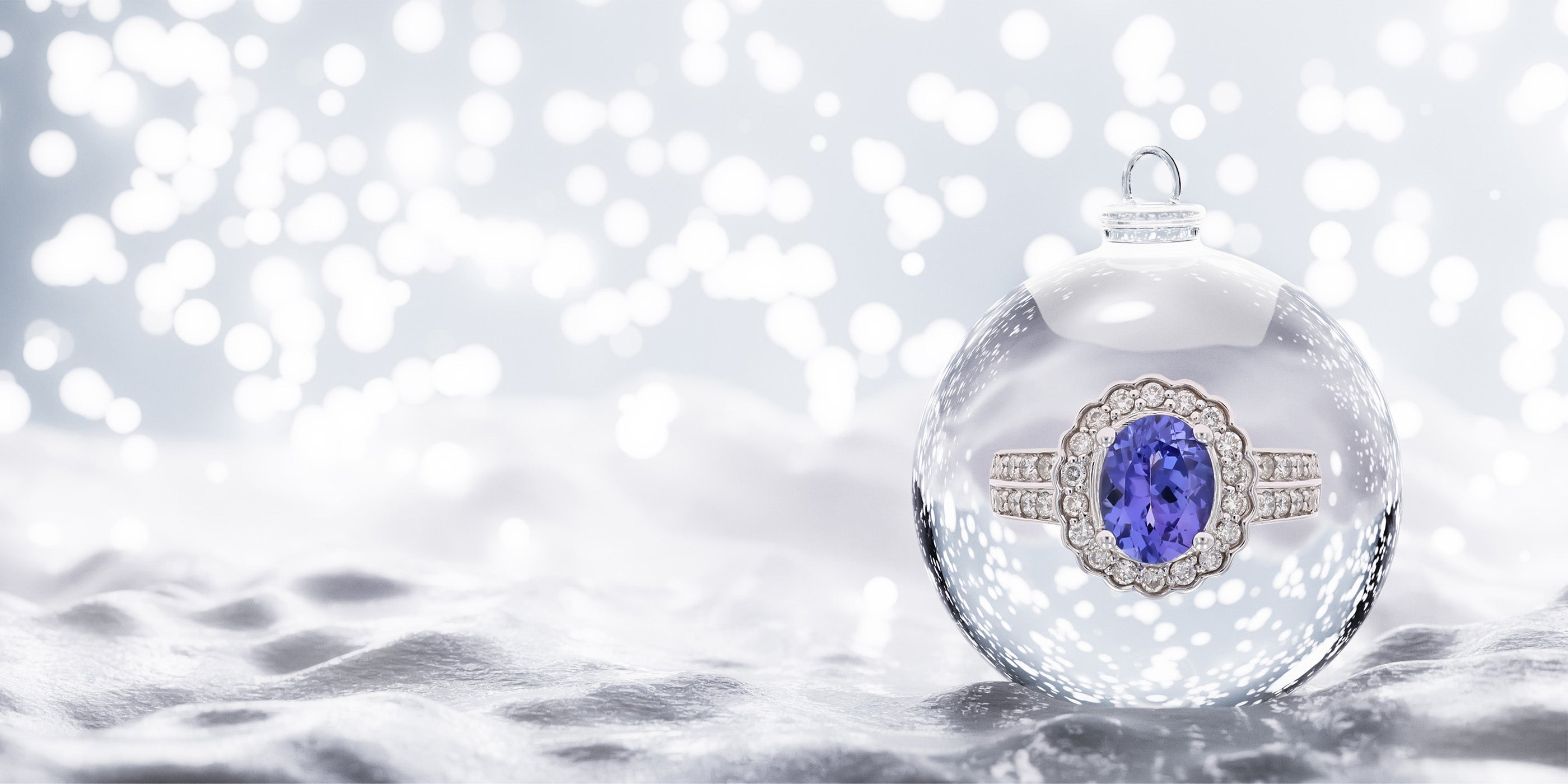

Birthstone of December
Tanzanite
Bestowed as the “Stone of Magic”, Tanzanite exhibits a midnight blue to velvety violet hue. Famously unveiled to the jewellery hemisphere, by renowned jewellery emporium...
Discover Our Services
The Lewins Experience

Lewins Guidance
Understanding jewellery that best matches your lifestyle, and what pieces need extra TLC when wearing, is essential. To help you confidently make your purchase, and answer any questions you may have.
We offer guidance and advice from: jewellery size guides, insight into the 4C's of diamonds, jewellery and gemstone care guides.
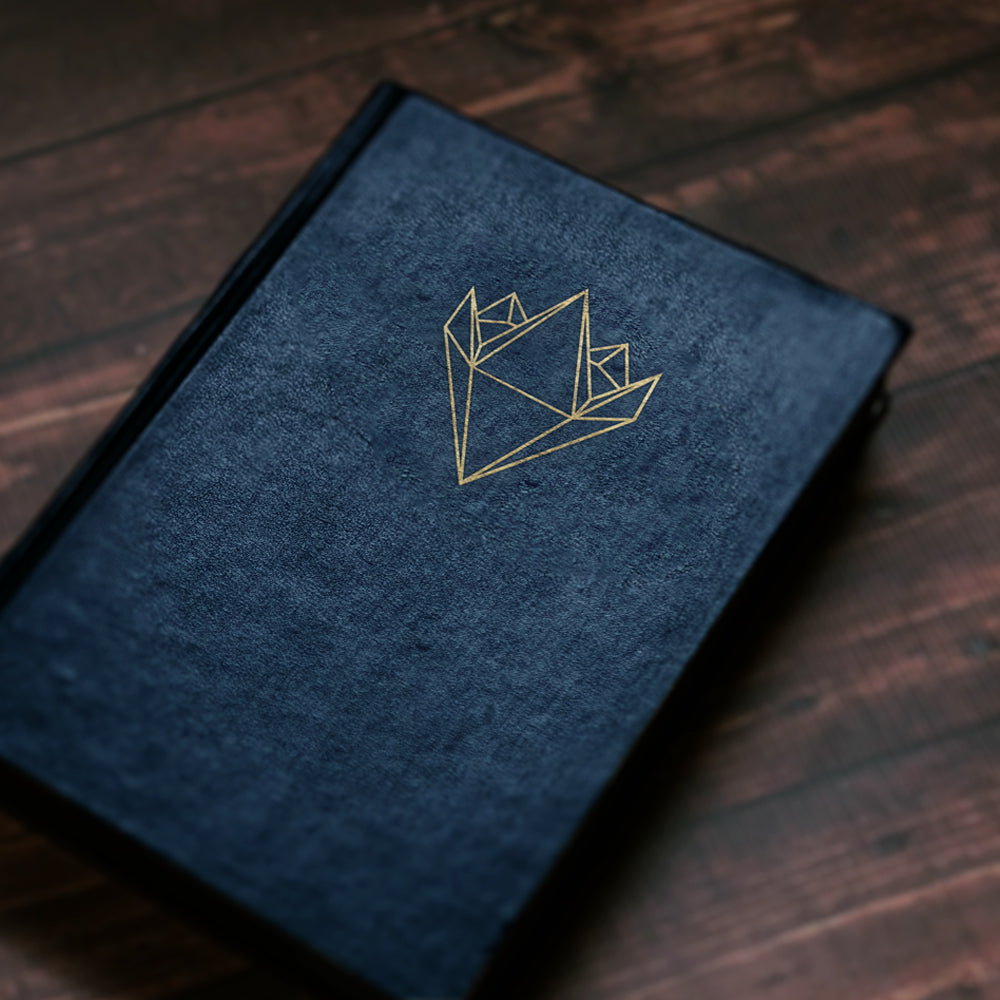
The Lewins Journal
Edited by our own in-house gemmologists and valuers, the Lewins Journal allows you to travel through history and explore different periods of jewellery. Inspired by our finely curated range of fine jewellery and vintage treasures.
Articles written about different types of jewellery and gemstones, are frequently published.
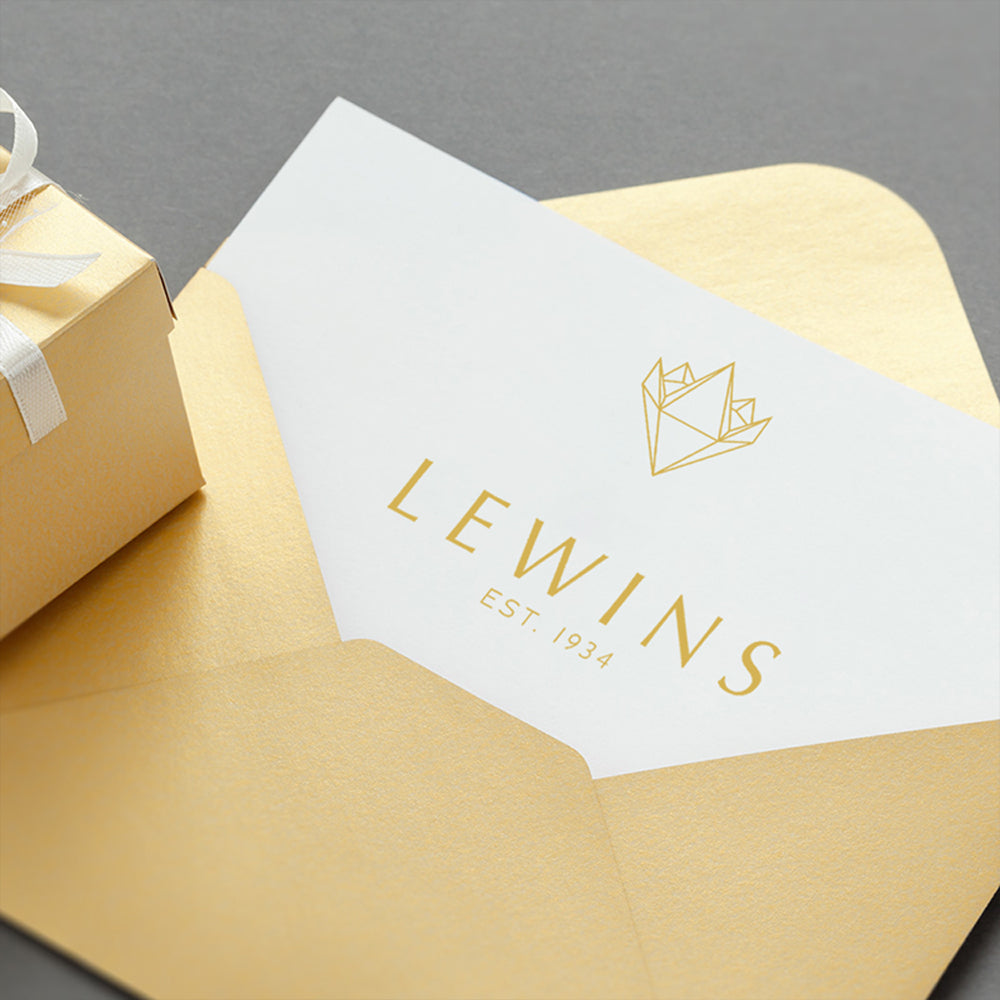
Behind The Scenes
Discover the journey your order takes: from preparations to final inspections. From packaging, to hand-written messages. We will capture and send you small behind the scenes trailer, as a personal preview, before you receive your order.
We hope you will enjoy your discovery.
Enquire About This Product
If you have any questions about this product, or about the bespoke services available, for this particular design. Or, if you would like to make an appointment, to view this design in-store. Please fill out the form below and we will get back to you, as soon as we can.
Lewins Instagram
FOLLOW US @LEWINSJEWELLERS
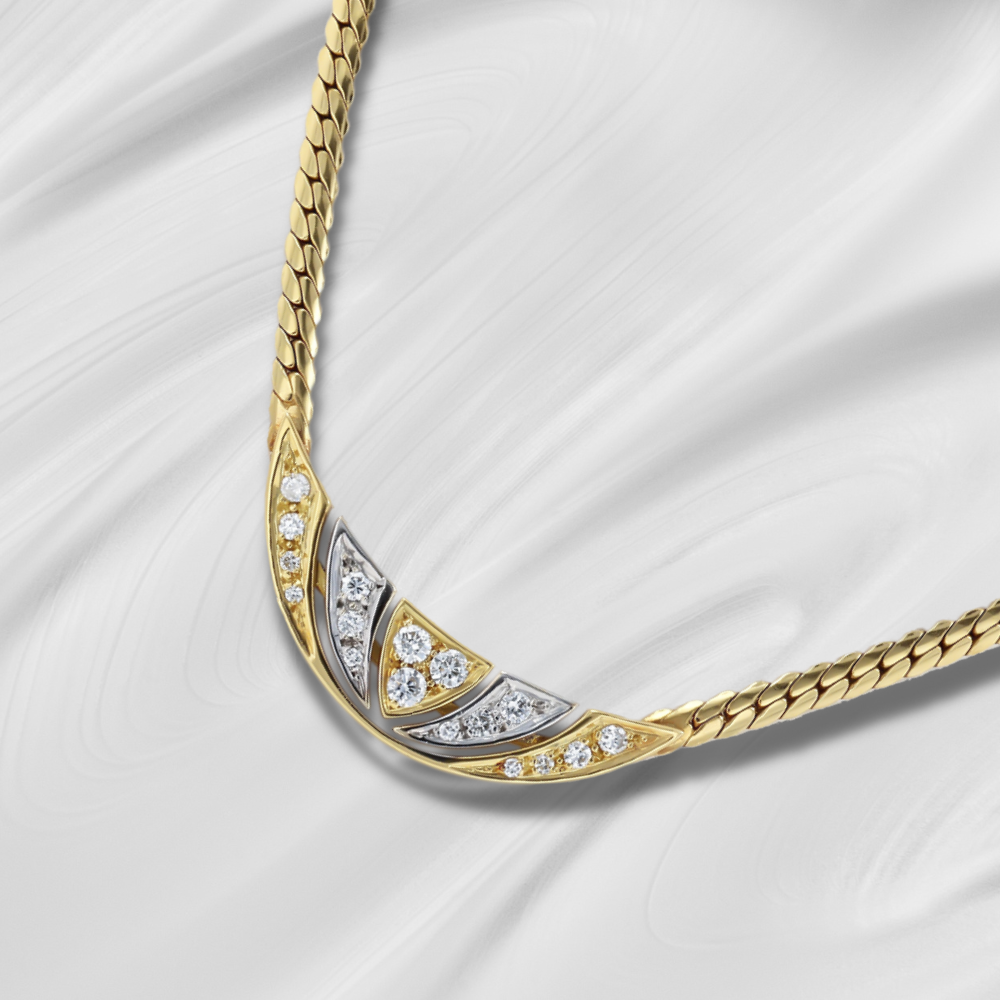

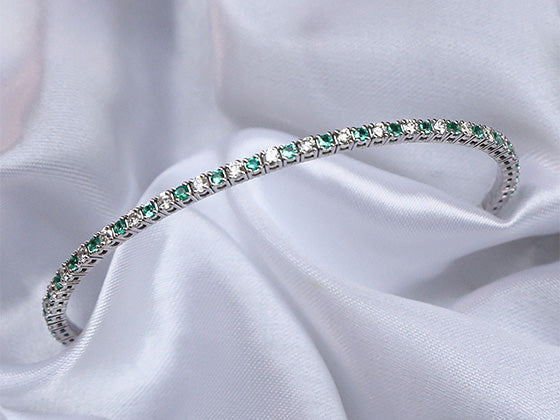

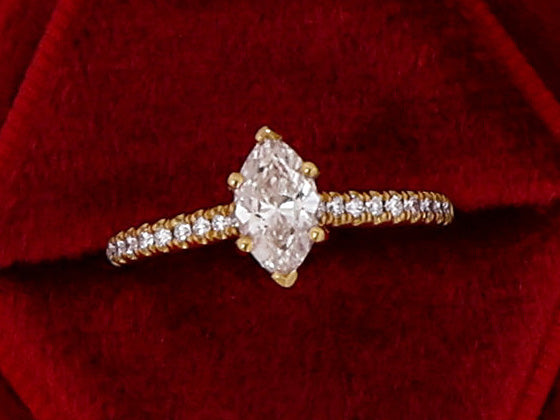
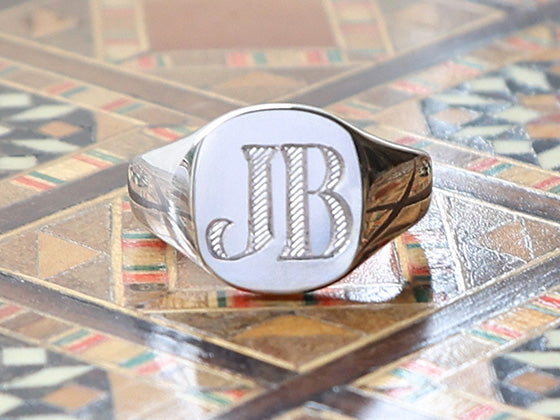
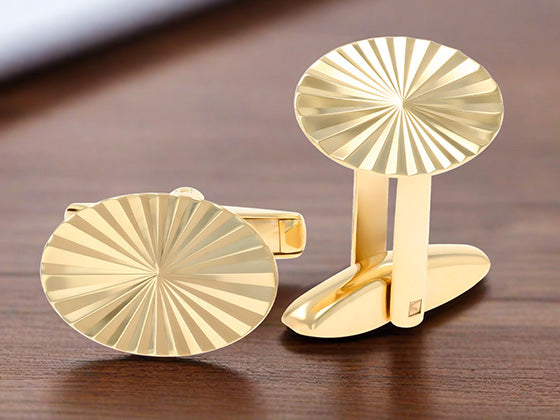
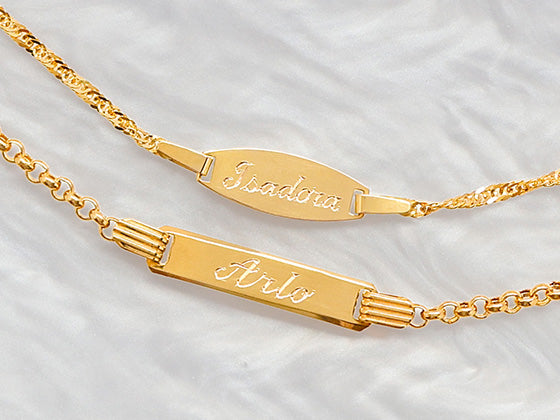
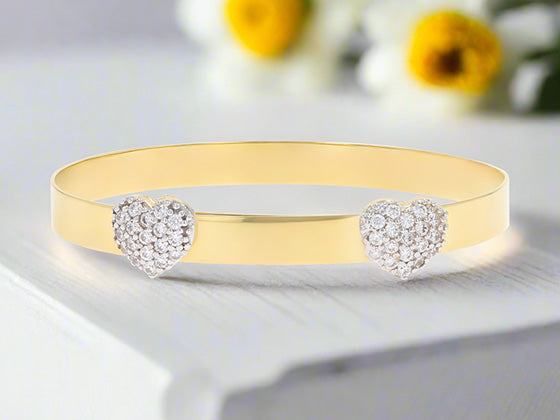
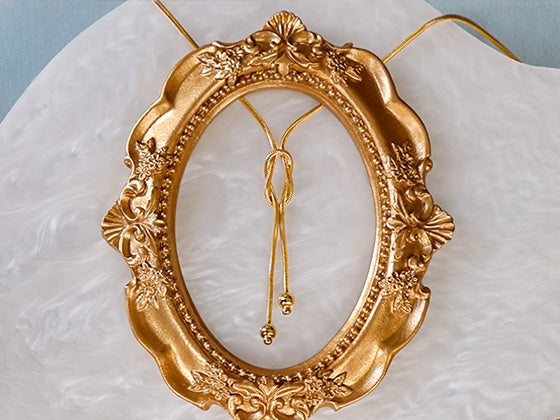
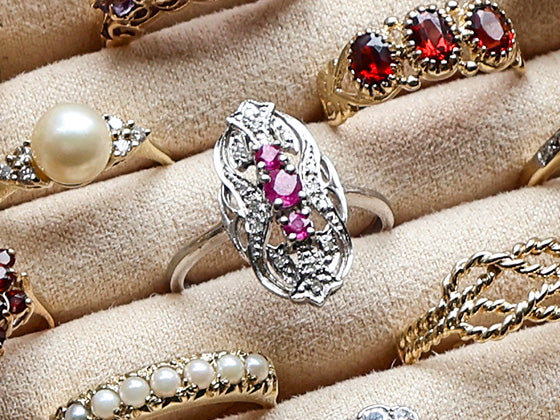
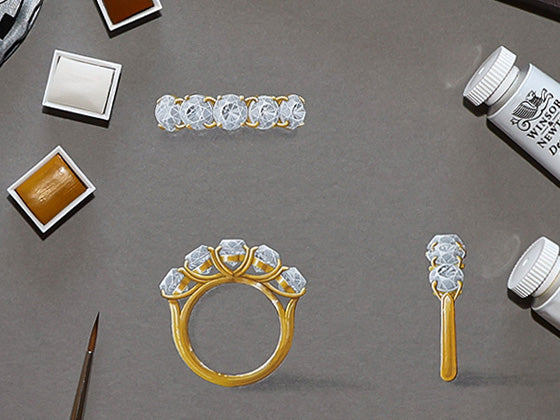
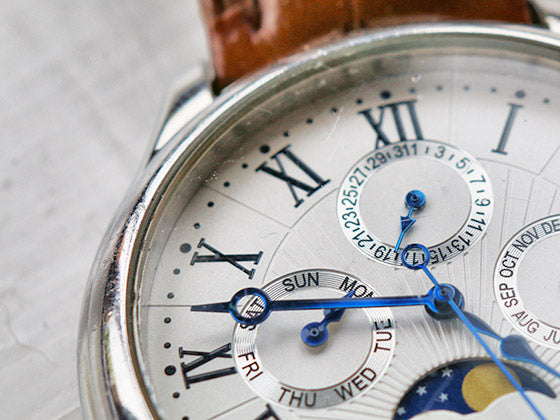
 Contact Us
Contact Us

